We’re excited to introduce you to the always interesting and insightful Jeanmarie Loria. We hope you’ll enjoy our conversation with Jeanmarie below.
Jeanmarie, looking forward to hearing all of your stories today. We’d love to hear the backstory behind a risk you’ve taken – whether big or small, walk us through what it was like and how it ultimately turned out.
“Talk about a dream Try to make it real
You wake up in the night
With a fear so real
You spend your life waiting
For a moment that just don’t come
Well, don’t waste your time waiting”
I am a huge Boss fan and these lyrics are from my favorite song of Springsteen’s Badlands. I love these lyrics because I always feel that people should not waste their time waiting. For me the big risk was buying my firm, Advize Health, from our owner when I knew we were losing money and wouldn’t break even for quite some time. At that point, the business had been around for 12.5 years and I was only brought in about two years before. I came from a tremendous home that was filled with love and support. My parents were hardworking and did not have a great deal of money so when I told them I wanted to buy my firm, they said “What will you do without your paycheck? How will you pay the mortgage?” I bought the firm and immediately went into $400K debt in less than a year and a half. Although it was very challenging and risky, I felt like I didn’t have a choice and I couldn’t live with myself if I did not take this path. I fundamentally believe in helping reduce the cost of healthcare and because I have knowledge of ways in which this should be done, it would not be the right thing for me to turn my head and stop working on it or make believe I was not given the gift of knowledge. Additionally, I believe in my team and want to make their lives better by providing them with support as we work on opportunities for their personal and career growth together.
When I bought the company, I put my house up for a second mortgage and asked everyone I knew for money (from $50 to $60K). I couldn’t look anyone in the eye because I was working my hardest but couldn’t pay them back timely. I felt terrible and wanted to stop but I couldn’t, I owed my team and my family/friend investors their loan amounts. I had advisors tell me at the lowest point which was two years into my purchase of the firm that I had to send out an email to the employees saying we were shutting off our lights because I couldn’t make payroll. I cashed in my 401(k) and made payroll and decided to move to my office and live in a 700 sq foot office with no shower to pull all-nighters and sleep on or under the desk when I needed to nap in order to eat, sleep and drink the business 24/7. Thank goodness it worked and we are here 5 years after that point to tell the story. I am happy to say that we did it and I am so thankful for having such a support system around me. I wouldn’t have made it without my hardworking team, my incredible parents and my friends.
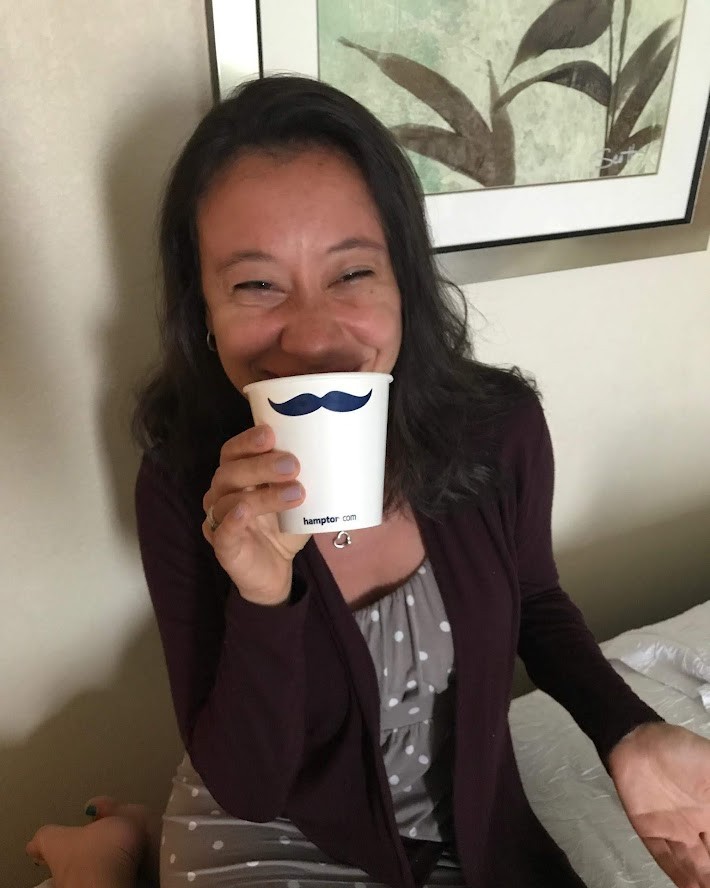
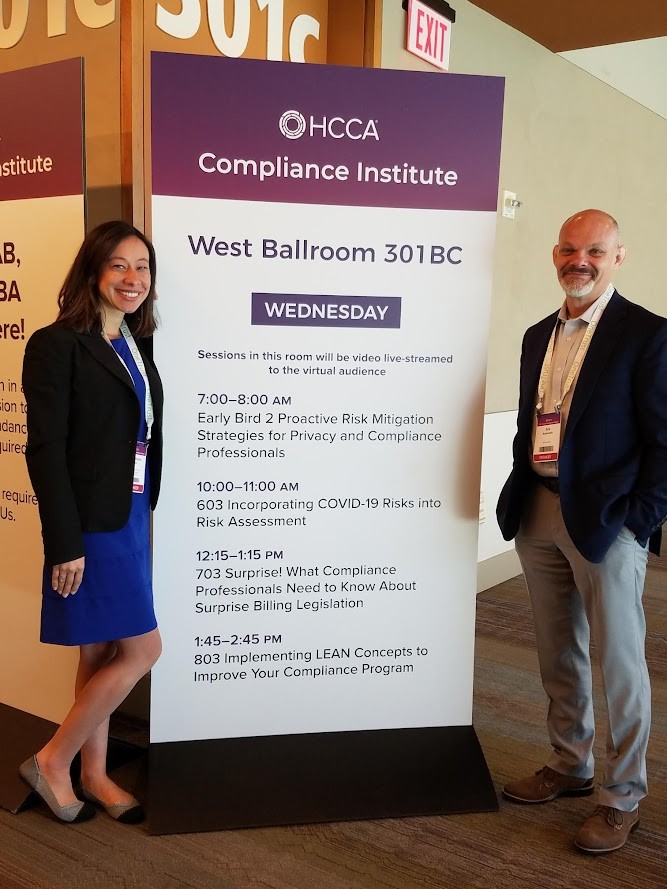
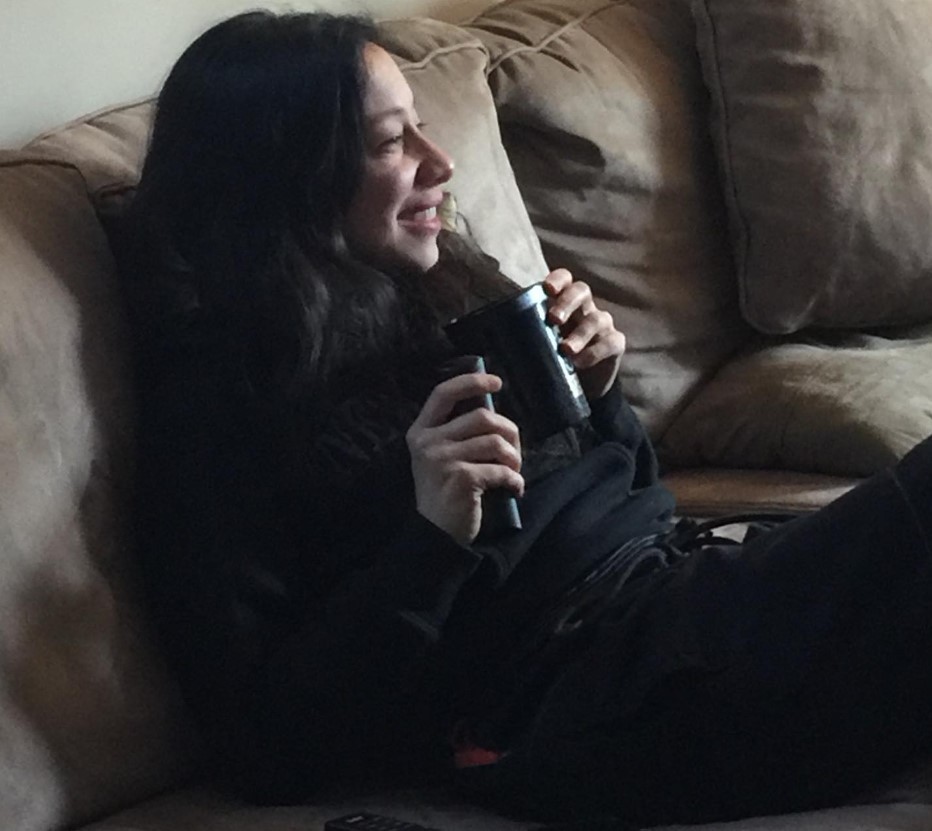
As always, we appreciate you sharing your insights and we’ve got a few more questions for you, but before we get to all of that can you take a minute to introduce yourself and give our readers some of your back background and context?
Healthcare costs a lot. We don’t like that. We work our hardest to try to make healthcare more affordable. We provide all consulting services around reducing the cost of healthcare while increasing the quality. I’m most proud of the work my team has performed together. I live to help facilitate their greatness and know it is my job to identify good people and then get out of their way. I support them and learn from them. They know when they need me, I am here to help and I give all that I have. I am so thrilled with the work in the healthcare industry that we have been able to do together. We focus on the financial side of healthcare.
Healthcare economics is something we are obsessed with at Advize. Personally, I wonder about healthcare controls: why are they not the same as financial controls. During my days at one of the Big-4 accounting firms, I learned the importance of financial and IT controls. I was lucky enough to witness the Big Bank Bailout early on in my career. The two overarching issues that stick out to me are: ethics and demand.
Paraphrasing from a common resource: “Too big to fail” describes a business sector deemed to be so deeply ingrained in an economy that its failure would be disastrous to the economy. In the U.S., we spend about two times more on healthcare as any other industrialized nation. U.S. health care spending grew 4.6 percent in 2018, reaching $3.6 trillion or $11,172 per person. Healthcare spending accounted for 17.7% of our nation’s GDP.
We often analyze why healthcare is so costly but the time for that is over. For far too long we have been on the precipice of care. COVID-19 is the highlighter we have been waiting for to strike through the issues we know about but never see improving. Also, it is the accelerator. We have seen COVID-19 cause issues to develop more quickly. For example, the challenges we faced with sending medical supplies across the country. Healthcare has always been a huge economy, but we have been fat and happy for a while. In the industry, we know that an amount of fraud is acceptable because the profits are so high, and the economy is so great. Fraud may be okay for insurance companies, but it is not okay for the consumer. Is it finally the time to start working together to follow what works for the financial industry? More about what is required and necessary to deliver care than what has always been done.
A large argument made in favor of healthcare’s inordinate and inconsistent pricing is: Healthcare is a business. If that’s the case, why doesn’t healthcare allow financing? You’d be hard-pressed to find a double check or duplicate transaction passed through by the FDIC, but when it comes to healthcare billing – redundancies happen constantly. Imagine how quickly you’d be accosted and shut down if you suddenly decided to write checks in one manner with a particular bank, then went to a different bank and adopted an entirely new method. This is exactly what happens with doctors and insurance.
I love process improvement and best practices. I’ve been working with my team to reduce fraud waste and abuse behind the scenes with payers and help proactively with compliance when it comes to providers. We are involved with nonprofits that help patients with negotiating their bills and we take our knowledge of the industry to help in areas that most need it.
How did you put together the initial capital you needed to start your business?
Thank goodness for my NBMBAA friends who helped me decide how to best structure the offer to buy my company. I had a party at my house and we got together and discussed a purchase without putting money down upfront because we knew I had to make payroll without having much cash reserve. We debated for hours if the offer should be based on top-line or bottom-line revenue. I felt top-line was a kinder deal because my bosses (the two owners) were so good to me while I worked for them. A few days later, I asked my boss for a meeting and offered him a percentage of topline revenue over a period of time so that it would be a successful handoff. That wasn’t enough though, I knew I would have to get some additional capital so I applied for a personal loan from a bank for things like going back to school and took a second mortgage out on my house. I took a loan out on my mom’s car that I had purchased in cash for her just two years before (which was a dream I had since I was a young child). I stopped taking a paycheck and did a family and friends raise which all helped me float the first two years of our business until things picked up and we started being a profitable business. I went billable on clients so many times and rather than just focusing on growing the business and working on it, I was working in it to help make payroll. Although there are many schools of thought around this, at the end of the day we only have 24 hours in a day and coffee and red bull will only take us so far in extending the day, I eventually got very tired but luckily the business had started coming around by then and actually started being profitable on its own without my billable work sustaining us. It was a lot of hard work and trust from people in my network as well as my employees. Everyone understood I was trying my hardest and, in the days, since, I have truly tried in both time and treasure to say thank you to everyone.
It isn’t just capital; it is a matter of cutting expenses as well. Me not taking a paycheck wasn’t enough. I had to still show up at conferences, but I couldn’t afford them, so I learned how to be there on the cheap. I would apply to speak at anything possible because that gets you free admission. I would ask people if I could co-present with them – from clients to other vendors.
Meetings: Sitting at the bar just outside of the conference hall, getting invited to parties and seeing people after hours, brute force emailing everyone to try to get meetings outside the conference space but still close enough to get all the potential leads going.
Eating: Free conference food made me turn vegetarian – I couldn’t take another conference chicken plate. Also, I remember a day of just eating Mike and Ike the entire day because I could get unlimited amounts at the conference, and I promised myself I wouldn’t have to do this forever.
Lodging: Making friends with people from competitor vendors who would invite me to stay on their couch or second bed in their hotel room, sleeping on a redeye or the floor of the airport rather than having a hotel). There are often yoga schools that will allow you to take a first free class where I would do just that after a red eye, shower there at the yoga studio and then go to my meetings. If there is a will there is a way, the most important part was showing up at the meetings and conferences with confidence to explain how the company was in growth mode and that the busy in and out was due to growing work (not budget constraints).
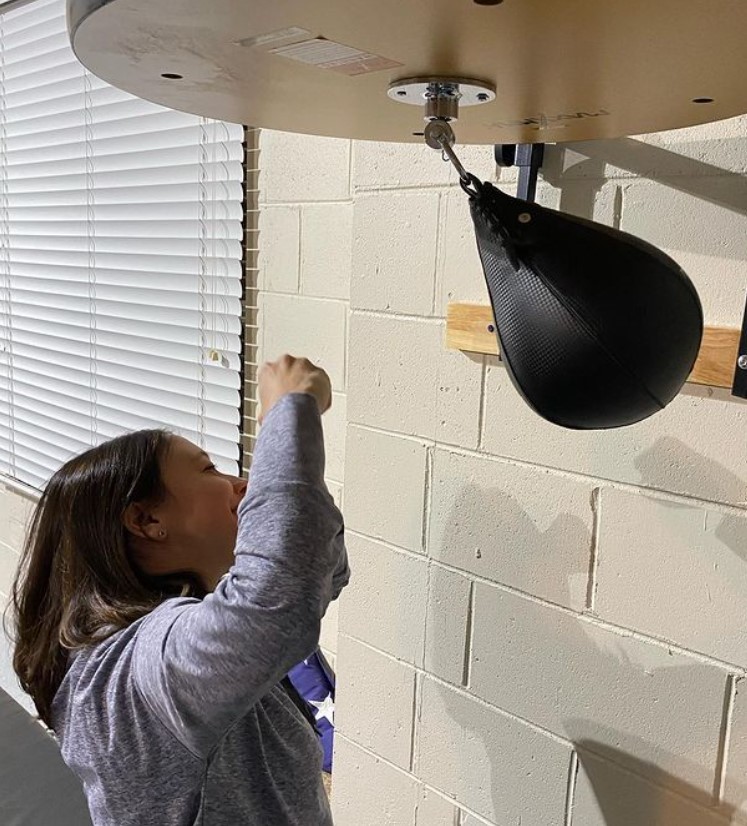

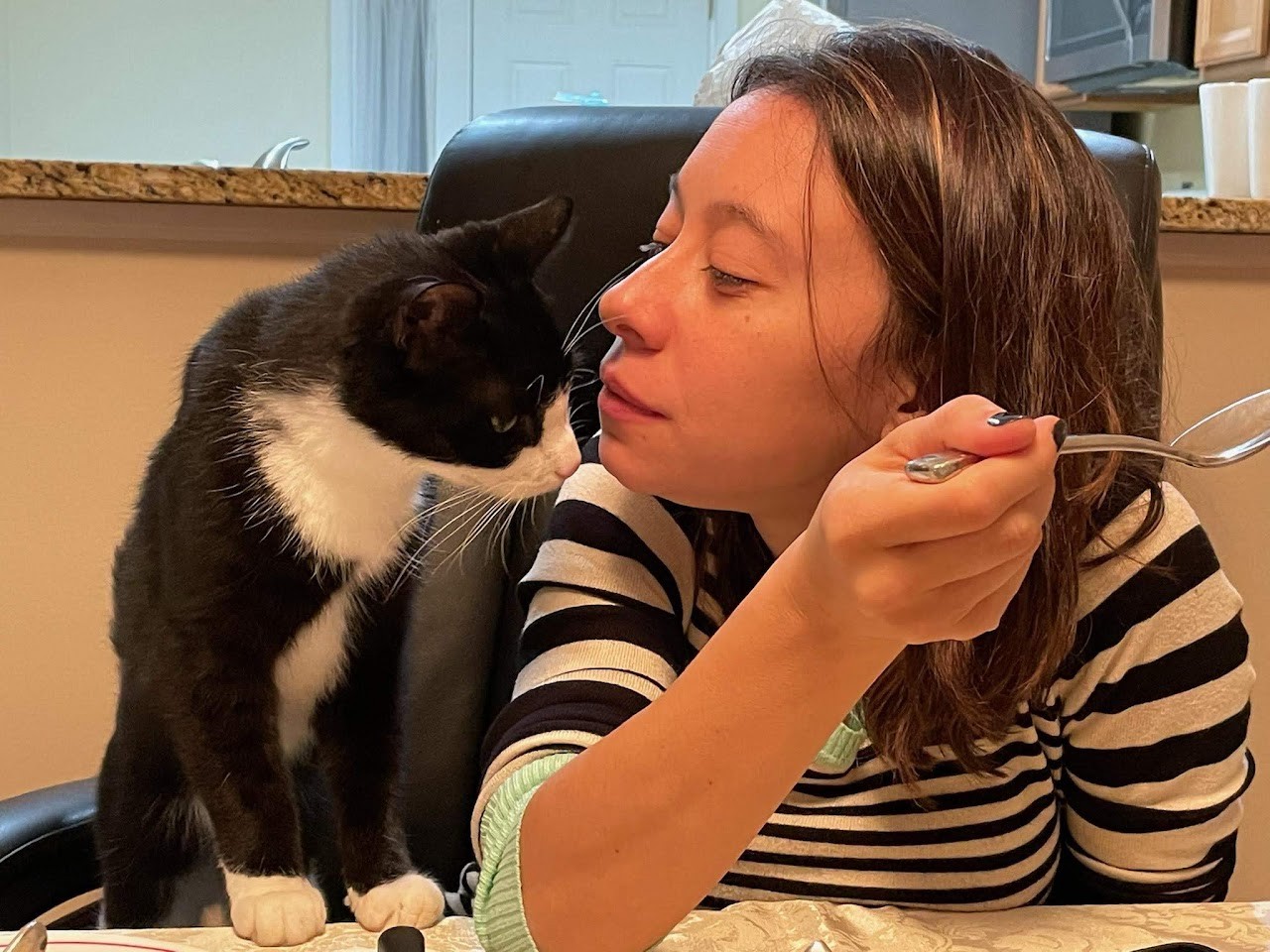
Can you share one of your favorite marketing or sales stories?
Like accounting firms have the Big-4, health insurance companies (payers) have the short list of largest payers. One in particular, headquartered in Minnesota, invites vendors once a year to a summit to give a presentation on their services over the last year, results and ideas for the upcoming year. The presentations take place on Day 2 of 2 of this summit. The first day is a dinner for all the vendors to be there with the client and network. Rather than following the normal format because my team had not performed much work for this client in a while (several several years – in fact I think it was a mistake that we were invited), I told my team let’s make the presentation memorable and leave them wanting to know more about us. If I didn’t re-do that deck six or seven times, I finally felt it was good to go. I show up and realize that the other vendors had two to four people each at the summit and they were top-level people CEO, CMO, COO, etc. All my company sent was me. I didn’t get nervous, I networked with a number of these vendors because oddly enough they subbed work to us so it made them my clients as well. I looked at it as an opportunity to “treat” them to dinner. The next day, I woke up early in the morning and went to a local gourmet popcorn store to bring popcorn to the big client meeting. I purchased this huge tin with several flavors in it. As I was walking into the meeting, the admin showing me in said don’t be nervous it is a big room. As I approached the room, I realized there were over 40 people in an amphitheater style room and two projectors over the little table that I had to sit at facing them while my power point was behind me and I was told there were many people attending virtually.
Although there were three chairs where I had to sit, because it was just me, I sat there alone. I went to put my stuff down and then handed out popcorn to each person and said the theme of today’s presentation is steel and you are steel the one. I opened with Happy 11th anniversary. This popcorn is in a tin that reminds us of steel which is strong and representational of the gift for 11 years, steel. We have been working with you for 11 years although you may not know who we are or what we do. Let’s talk about that. I went on to pitch and talk about what makes my team so great and fun to work with and why we should work with this company more. I told them that we keep the price point for them low by allocating just-in-time (JIT) resources to projects and that is the reason I was the only one there for the presentation. If they needed to talk to anyone of my C-Suite I would call them in but that we thought why remove them from billable work until we need them at the exact minute. This was a way we demonstrated our work style rather than just talking about it, we showed it. I lucked out, they gave us much more work after this and continued to commend us on a different type of presentation. Years later, I still hear from them on our unique and refreshing pitch.
Contact Info:
- Website: https://advizehealth.com/
- Instagram: https://www.instagram.com/advizehealth/
- Facebook: https://www.facebook.com/advizehealth
- Linkedin: https://www.linkedin.com/in/jeanmarieloria/
- Twitter: https://twitter.com/JeanmarieLoria
- Youtube: https://www.youtube.com/c/Advizehealth
Image Credits
Advize Health


